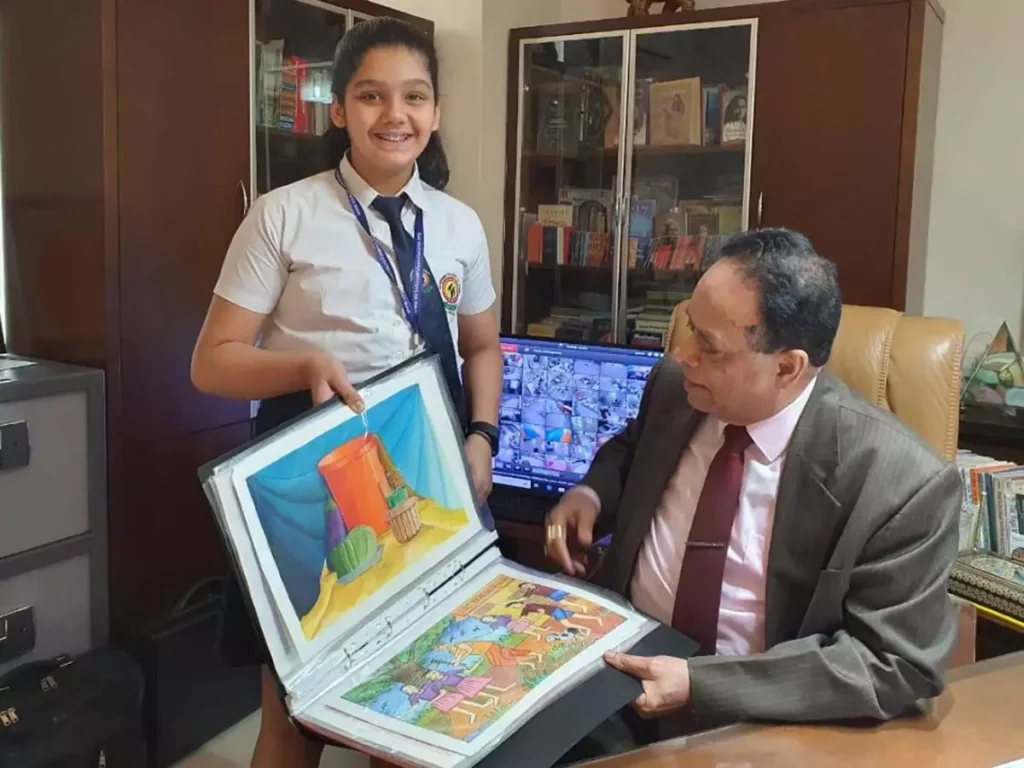Art is a universal language that empowers young minds to express themselves. The elementary drawing exam is a pivotal event that not only assesses skills but also fosters creativity and personal growth. In this blog, we explore the impact of these exams on students and emphasize the importance of nurturing artistic talents from an early age.
1. Significance of the Exam

The elementary drawing exam is a canvas for young artists to showcase their imagination and skills. It encourages originality, communication, and confidence while nurturing cognitive abilities. This platform goes beyond grades, shaping the way children perceive and interact with the world.
2. Unveiling Creative Minds
Every year, the exam reveals a tapestry of unique artworks, reflecting diverse perspectives and emotions. From paintings to sculptures, each creation unveils the budding artist’s interpretation of life. These artworks offer insight into young minds, fostering empathy and understanding.
3. Impact on Students
Beyond scores, the exam has a transformative impact on students:
Self-Expression: Art empowers students to communicate feelings and ideas non-verbally, boosting self-expression.
Creativity: Encouraging innovative thinking and problem-solving, the exam cultivates creativity with real-world applications.
Confidence: Completing artworks and receiving recognition enhances self-assurance and self-esteem.
Perseverance: Art teaches patience and resilience as students refine their creations through dedication
4. Nurturing Artistic Talents
Creating conducive environments in schools, with dedicated art spaces and skilled mentors, nurtures young talents. Fostering creativity as a lifelong pursuit ensures continuous growth.
5. Beyond the Exam: Sustaining Creativity
The impact of the exam should extend beyond assessment halls. Schools and parents can encourage creativity through art clubs, workshops, and ongoing support, ensuring art remains an integral part of students’ lives.
7. FAQs
The elementary drawing exam is an assessment that evaluates the artistic skills and creativity of students at a young age. It’s not just about grades; it encourages originality, self-expression, and cognitive development. The exam serves as a platform for students to showcase their artistic talents and boosts their confidence and communication skills.
The exam covers a wide range of art forms, including paintings, sketches, sculptures, and more. Students are encouraged to experiment with different mediums and techniques, allowing them to explore their creativity and find their artistic voice.
Beyond the immediate results, the exam has several positive impacts:
- Self-Expression: Students learn to convey emotions and thoughts through their artwork.
- Creativity: The exam nurtures innovative thinking and problem-solving skills.
- Confidence: Completing artworks and receiving recognition boosts self-esteem.
- Perseverance: Students learn patience and resilience as they refine their creations.
Schools play a crucial role in fostering creativity:
- Dedicated Spaces: Provide well-equipped art studios to inspire and facilitate artistic endeavors.
- Qualified Mentors: Employ skilled art teachers who can guide and encourage students.
- Extracurricular Activities: Offer art clubs, workshops, and exhibitions to enhance creative engagement.
 60 minutes of Duration
60 minutes of Duration 100 Questions
100 Questions Instant Report
Instant Report 4 Dimensions
4 Dimensions 500+ Career Options
500+ Career Options 1M+ Test Taken
1M+ Test Taken




